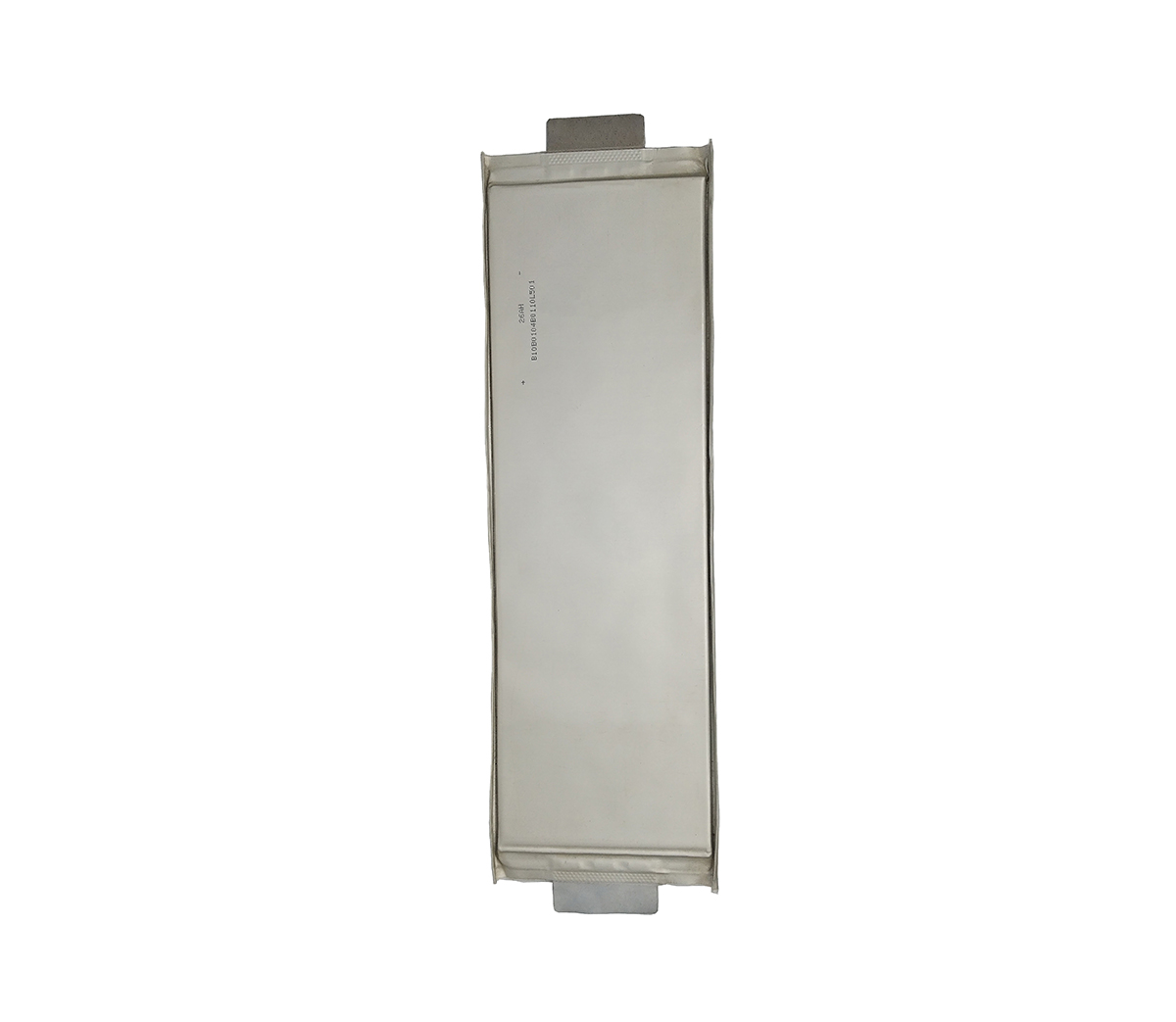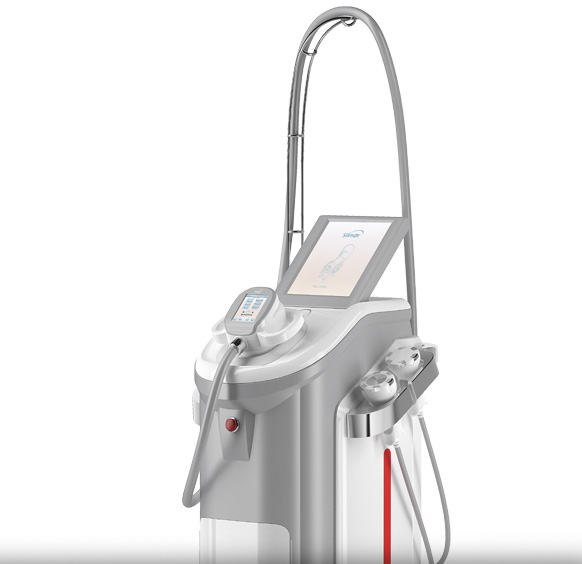Can the EU's battery localization plan be successful?
The
European Battery Alliance (EBA), which is backed by the European Union,
has launched a new action plan, hoping to use 90% of the market demand
for battery products in EU member states by 2030.
The European
Battery Alliance (EBA) was established in 2017 to address future
industrial challenges. By 2021, the European Battery Alliance (EBA) has
invested 127 billion euros ($138.7 billion) to develop and build the
battery manufacturing value chain in Europe.

(The first batteries Northvolt produced at the Swedish Gigafactory late last year)
However,
the European Battery Alliance (EBA) said after a high-level industry
meeting before the end of March that it would take until 2030 for the
EU to create a self-sufficient battery industry, which would require
additional investment of 382 billion euros during that period. Once the
battery manufacturing value chain is established, the market
opportunity for the European battery industry will reach approximately
EUR 250 billion per year by 2025.
More than 750 industry and
innovation groups are among the cooperating members of the alliance,
which is named EBA250. The EU is developing and building more than 180
industrial projects, including 47 battery projects.
Existing
support mechanisms include battery projects worth over 20 billion euros
with Important Project of Common European Interest (IPCEI) status, and
research projects committed to nearly 1 billion euros in the Horizon
Europe European research programme by 2027.
As in the United
States, battery technology has been identified as an important part of
Europe's energy future, especially as the electric vehicle (EV) and
battery energy storage systems industries have been booming in Europe
for some time now. The importance of this is reinforced by recent
events such as the Covid-19 pandemic wreaking havoc on supply chains,
driving up transportation and importing costs of battery materials and
finished products, the Russian-Ukrainian conflict, and ongoing energy
price spikes.
The European Battery Alliance, led by European
Commission Vice-President Maroš Šefčovič and coordinated by the EU's
innovation accelerator programme EIT InnoEnergy, has identified issues
and gaps that still must be addressed.
While there is no doubt
that significant progress has been made, gaps in the upstream and
downstream sectors of the industry, as well as in workforce skills,
need to be filled to create what the EBA250 calls a “resilient
end-to-end battery industry”. Upstream, this means addressing issues
around raw material extraction and processing, refining and
battery-grade materials; downstream, around end-of-life battery
recycling and manufacturing scrap and reintroducing recycled materials
into the value chain.
At a recent industry meeting, participants
agreed that one of the immediate priority actions is the swift passage
of the EU Battery Regulation Act, which will gradually introduce
carbon footprint labelling and recycling of batteries manufactured and
sold in the EU. content requirements, etc.
The regulation is
currently at the stage of negotiation with various EU member states to
determine how it will be implemented in different parts of the EU
market. The European Battery Alliance (EBA) has said that sustainability
could be an important aspect for European battery producers to improve
their competitiveness.
Members of the European Battery
Alliance (EBA) believe the regulation, which includes a "battery
passport" that allows tracking of equipment and materials, should have
strict rules. On a related note, the European Flow Battery Industry
Association stated that battery technologies such as flow batteries are
currently excluded from the "battery passport" and therefore advocates
their inclusion.
The European Battery Alliance (EBA) said
legislation should also be passed to put batteries at the heart of the
EU's decarbonisation plan, which includes the decarbonisation of
electric vehicles and the adoption of renewable energy, along with
measures to support and reduce battery raw materials and processing
Material Ventures.
The new target set in the European Battery
Strategic Action Plan last published in 2018 was to be extended to
2025, and this updated plan will extend to 2030.
The ambition
and goal of the new scheme is to achieve 100% recycling coverage, with
40% of active materials used in EU manufacturing sourced within its
member states and 90% of battery manufacturing from Europe. The value
created is expected to skyrocket from €250 billion in 2025 to €625
billion in 2030. The European goal is to be able to meet the 1TWh
battery demand for electric vehicles, energy storage systems (ESS) and
other industries.
This plan seems to be very comprehensive and
exciting, but SES Power believes that the battery industry, especially
the lithium battery industry chain is very large and complex, which
includes mining, smelting, chemical industry, machinery manufacturing,
electronics industry, information and communication, etc. etc. branch
content. SES Power's off-grid, grid-connected, and off-grid small and
medium-sized energy storage systems, such as 12V100Ah, 24V100Ah,
36V100Ah, 48V100Ah using EVE, CATL, BYD square aluminum-shell lithium
iron phosphate batteries, 3KW, 5KW home energy storage the system,
rack-mounted energy storage system and other products all adopt
standard RS485, CAN and other communication protocols, and also support
remote monitoring and operation. At the same time, AI intelligent
analysis and cloud storage are added to the new generation of systems.
In fact, SES Power is only a position in the value chain of the lithium
battery industry.
Now China, South Korea, and Japan in East
Asia are the leaders in the battery industry. We see that they have
spent almost 20 to 30 years to perfect all the supporting facilities.
Can the EU significantly reduce this time? Another very important
factor is cost. There is no doubt that the cost of manufacturing in
China is indeed low enough, but we must also see that China's
electricity supply is very sufficient and stable. After all,
electricity is the cornerstone of all industrial production.



































